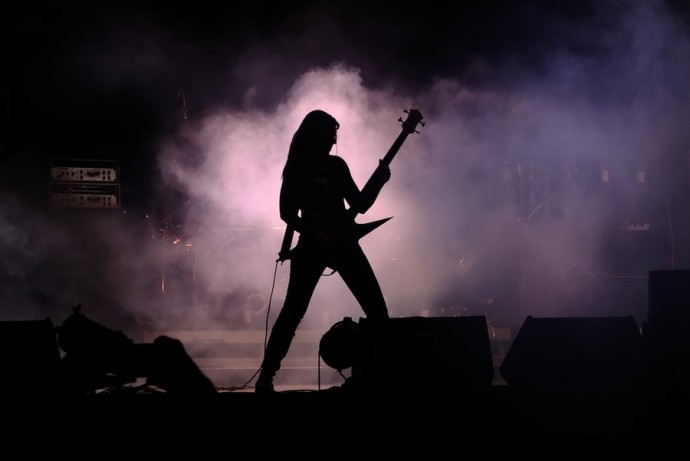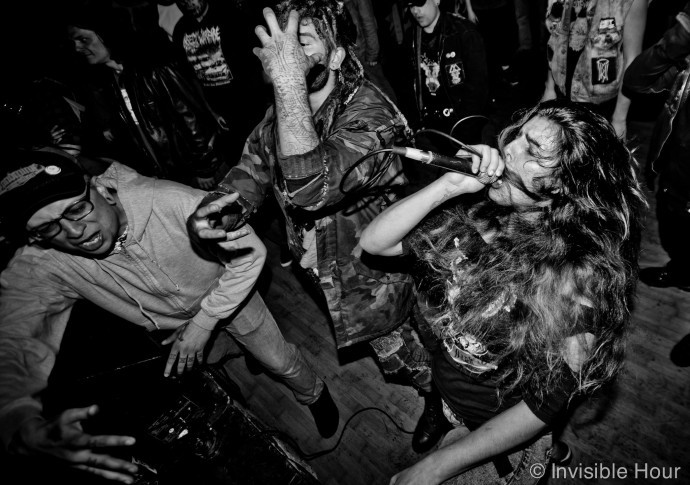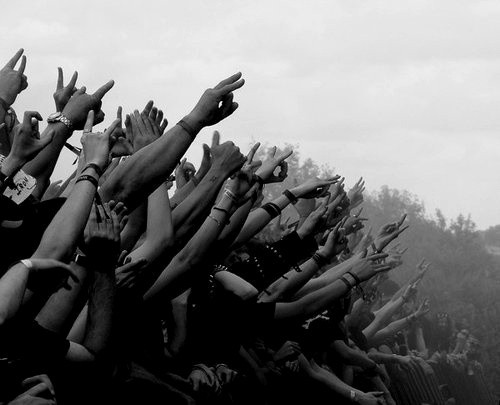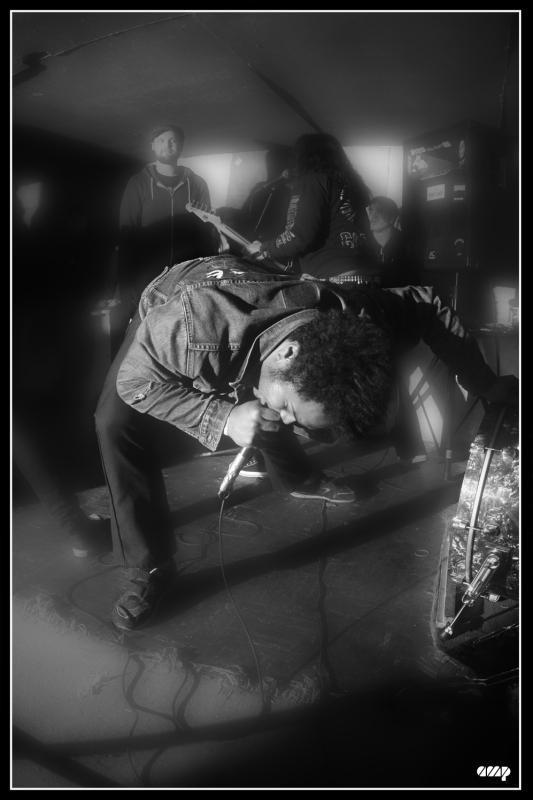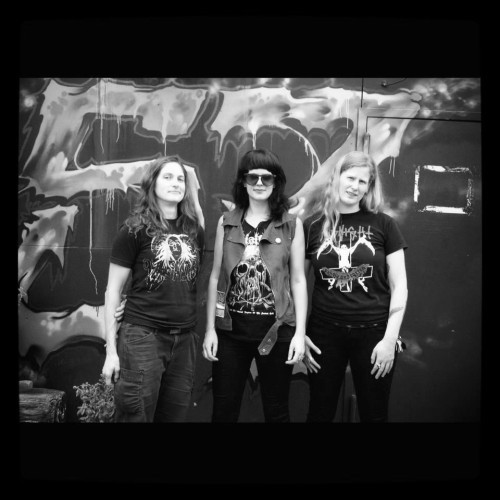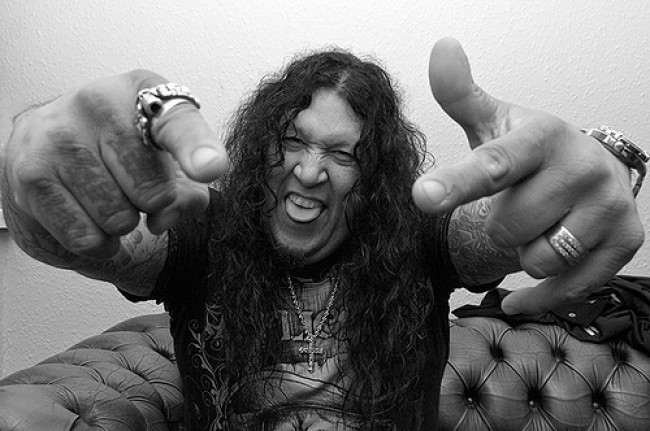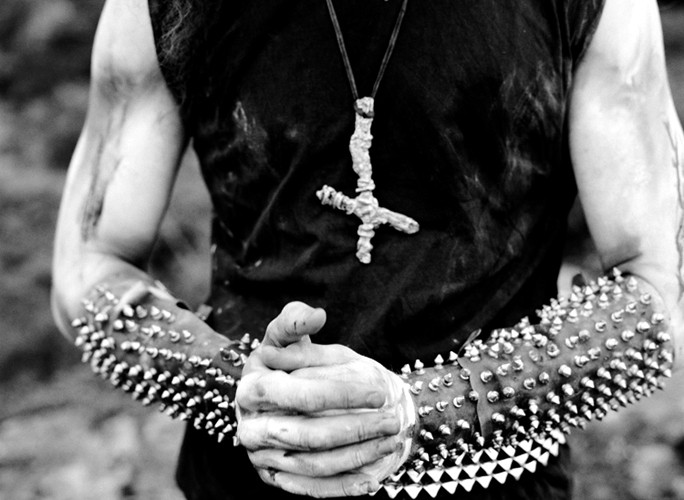(In March of this year we gave cultural anthropologist and dedicated metalhead David Mollica a platform for recruiting people willing to be interviewed for a research project about gender in the metal community and what it means to be a metalhead. And now we’ve got a report on his interview results and conclusions.)
I know I’m all kinds of slow with getting to writing this, but you know… excuses and stuff. Anyway I’d like to share what I found from the interviews some of you lovely readers were kind enough to sit through with me months ago. Thanks to your help I ended up interviewing 6 women and 5 men, making this the first study of its kind that I know of to have equal gender representation. Most other studies looking at gender and metal have ended up talking to a pile of dudes and next to no women.
Without getting into the fine and horrendously boring details, I do inductive research. Basically, I like to ask questions and see what I find. I’m not a mathematician and I don’t like to treat people like laboratory subjects. Instead I look for patterns and common themes that emerge from the interviews I conduct. I then take those themes and patterns and put them into categories that can be used to build a model of what I am researching. This time around, I found four common categories that help to explain why women are sometimes under-represented at metal gatherings. Some of these things are going to be obvious to you, so keep in mind that the research was intended for an audience in the social sciences who generally can’t tell Fenriz from Gaahl. Continue reading »

